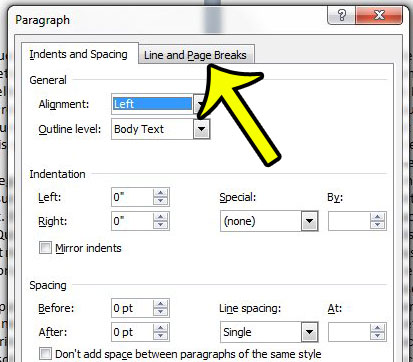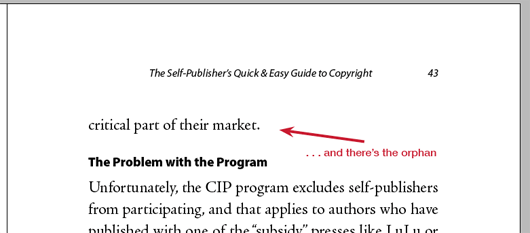


In hierarchical content, an entire paragraph, not just a single line, may be widowed or orphaned by itself. Widows and orphans can also occur in hierarchical content, such as numbered lists, table of content entries, and index entries.

Widows and orphans in hierarchical content Widows and orphans refer to one (or more) paragraph lines left by themselves on a page.Ī widow is the last line of a paragraph left by itself at the top of a page.Īn orphan is the first line of a paragraph left by itself at the bottom of a page. Typographic issues-such as widows and orphans, short lines (runts), and white space rivers-break up the text's flow and distract the reader. Subtle changes in typography can impact the way your readers react to your content.


 0 kommentar(er)
0 kommentar(er)
